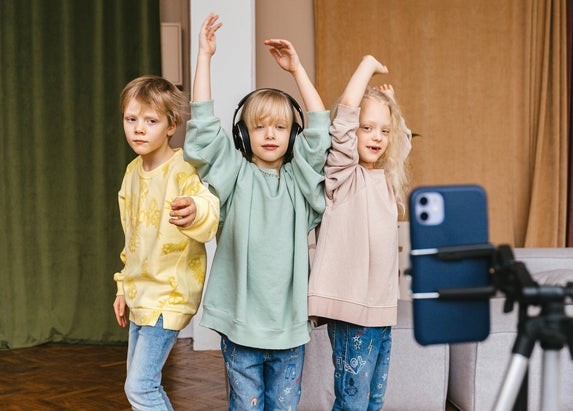
DRAMA & PUPPETRY
Introduction
Rich opportunities for imaginative play, narrative, and emotional expression are provided by theater and puppetry. Youngsters learn empathy and perspective-taking skills through role-playing as they investigate characters, situations, and stories. Children can use movement and voice to bring stories to life through puppetry, which adds a tactile, visual element. The EYLF objectives for identification, communication, and wellbeing are met by both puppetry and drama. As children negotiate positions, modify stories, and perform for their friends, these artistic endeavors foster problem-solving skills, teamwork, and self-assurance. Drama and puppetry are useful instruments for encouraging creativity across the curriculum because they help children develop their language, social skills, and creative thinking.
Theories and Views of Creativity
According to Vygotsky's theory, imaginative play is essential to social and cognitive development, and drama offers a forum for symbolic thinking and role negotiation. The teacher is positioned as a co-player in Heathcote's drama-in-education approach, directing and extending the creative participation of childrens. Piaget's constructivist theory emphasizes how abstract thought and schema development are facilitated by theatrical play. When children are fully engaged in role-playing, it is clear that they are using Csikszentmihalyi's "flow" concept. According to Reggio Emilia, children express themselves through theater and puppetry as expressive "languages." When taken as a whole, these theories support the idea that theater and puppetry are effective tools for encouraging creative collaboration, story development, and divergent thinking in early childhood settings.
Materials, Digital Technologies, and Resources
Children may change personas and settings with simple accessories like hats, scarves, and pieces of fabric. Sock puppets, finger puppets, marionettes, and shadow puppets are examples of puppetry supplies. Prompt cards, scripts, and storybooks all encourage the production of narratives. Multimedia storytelling is made possible by digital resources including voice recording tools, stop-motion software (like Stop Motion Studio), and green screens. Projectors and light boxes can improve shadow puppet shows. Independent play is promoted when puppets and costumes are kept in easily accessible areas. Children's imaginative worlds are expanded and inclusivity is ensured by incorporating stories and characters from many cultures. Traditional drama can be expanded by technology to include digital theater and motion picture production.

Experiences in Learning

0–2 Years
- Hand Puppet Peekaboo: By encouraging basic interaction, soft puppets help babies develop early communication skills and joint attention.
- Mirror Role Play: Children practice self-expression and self-awareness by acting out emotions while facing mirrors.

2-3 Years
- Story Basket with Puppets: Children are encouraged to repeat and modify well-known stories by using simple story props and puppets.
- Animal Movement Imitation: Playing as animals helps develop creative thinking and gross motor skills.

3-5 Years
- Shadow Puppet Storytelling: Children create puppets and act in front of an illuminated screen while learning about silhouette art.
- Improvised Drama Corners: Role-playing and problem-solving are encouraged in these themed play areas (space station, doctor, shop).

6-8 Years
- Stop-Motion Puppet Animation: Children use applications to make animated puppet stories that combine technology and drama.
- Script-to-Stage Performance: In order to develop narrative and cooperation abilities, groups transform a short tale into a staged performance.
Create Your Own Website With Webador